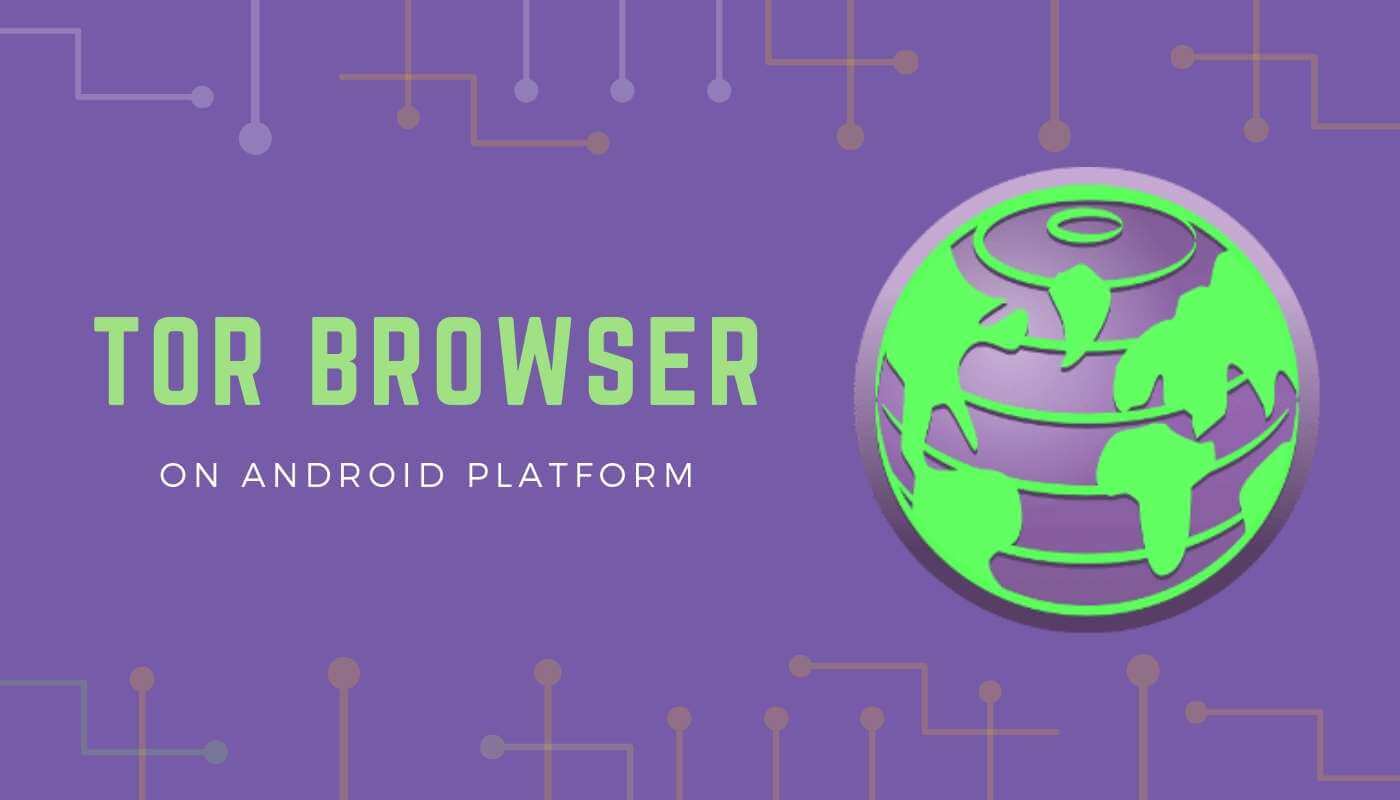
So, the more specific your vanity desires, the longer you'll need to run a tool like mkp244o to have a chance to a. The probability of generating a key with the a sequence that you want goes down very quickly as you make the sequence longer. onion address! So I grabbed mkp224o, a program for generating and filtering. I still wanted a little bit of myself in my new. Today I hope that I am less vain than I was in 2016. onions in the IndieWeb chat got a little spicy and reminded me that I should just buckle up and do it. I've had the upgrade on my list for a while and just hadn't got around to it. Folks running Onion Services were encouraged to move to the new system and in mid-2020 a timeline was announced to shut down V2 Onion Services. Meanwhile, back in late 2017, Tor rolled out a new Onion Service version 3, with several improvements, including new, longer (and incompatible-with-V2). They also sent me some stickers for my trouble. I added Onion-Location to my site so folks viewing it in the Tor browser could be redirected to the. Last year, the Tor Project announced Onion-Location, a way for sites to announce when they have a. This cleanup keeps network requests for my content inside the Tor network. This let me replace URLs for images, video, and other files from the not-onion website with.

Sometime later (2019?) I got the hint from a (now lost to me) blog post to use Apache's mod_substitute to rewrite the HTML you get when visiting the site. Once it was up and running, you could visit and see the same content as my main domain I used a tool called Shallot to generate a "vanity" URL that started with my usual online handle of schmarty. I first set up a ".onion" address for my site back in mid-2016 when I was playing with some decentralized web projects ( decentralized web projects which I later forgot 😬). In recent years, to shake off some of the suspicion raised by the word "hidden", these have been renamed to Onion Services. These were originally known as "hidden services", and are often what folks are referring to when they speak mysteriously of the "dark web". Tor can also protect the identity and location of the sites and services that users are accessing, using a "rendezvous server" where the user's encrypted layers meet a similar set of encrypted layers to the server. Tor aka "the onion router" is an anonymizing network that protects the identity and location of users by bouncing their traffic through a set of volunteer servers, with encryption at each layer to make it harder for any given server to figure out who is sending what to whom.


I've got a new home on the anonymizing Tor network! It's: onion address until Onion Service V2 is deprecated later in 2021.


 0 kommentar(er)
0 kommentar(er)
